In the previous Friday Footnote we learned about Dorothy Johnson and her 1942 summer Volunteer Land Corp (VLC) program in Vermont. In the fall of 1942 Dorothy met with high ranking USDA officials to educate them about the VLC. These conversations were instrumental in Congress passing Public Law 45 on April 29, 1943 which led to the establishment of the Victory Farm Volunteers.
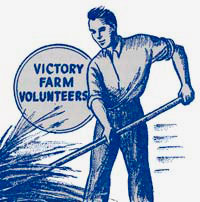
Public Law 45, in addition to starting the Victory Farm Volunteer (VFV) program, also authorized the Women’s Land Army (See the Friday Footnote for 8/10/2018). These two programs operated as separate units under the U. S. Crop Corps. Basically the Victory Farm Volunteers worked on farms during the summer months when school was not in session.
Agricultural educators played an important, but largely undocumented role, in the Victory Farm Volunteer Program. But first it should be remembered that the VFV program was focused on recruiting CITY boys and girls to work on farms. In the 1940s city youth were not encouraged to take vocational agriculture since the program emphasis was on preparing farmers and vocational agriculture students were required to have farming projects. Vocational agriculture students were already doing farm work and were not recruited for the VFV program.
Federal Activities Related to the Victory Farm Volunteers
Prior to the passage of Public Law 45 numerous meetings were held by government officials to work out the details and implementation plans anticipated in the proposed legislation. A USDA steering committee indicated (Rasmussen, 1951, p. 110) “…that interagency cooperation was necessary.”
Accordingly, a meeting was held on November 17, 1942 involving the USDA, the Extension Service, the U.S. Employment Service, Office of Agricultural War Relations and two agricultural education officials from the Office of Education. The two agricultural educators were William T. Spanton (National FFA Advisor and Chief of the Agricultural Education Service) and Raymond W. Gregory (Agricultural Education Specialist for part-time and adult education).
The major point of discussion at this meeting was who should be responsible for selecting and referring the young people for farm work – should it be the extension service or the Office of Education? After more meetings a Memorandum of Understanding was signed on February 3, 1942 by W. T. Spanton, representing the Office of Education and M. L. Wilson, representing the Extension Service.
The MOU indicated that (Rasmussen, 1951, p. 112):
The functions of selecting in-school non farm youth and providing suitable training were assigned to the Office of Education; the functions of selecting farms, placing youth, and supervising farmer-worker relations were assigned to the Cooperative Extension Service. Each agency was to be responsible for the execution of its respective functions, but national, State, and local committees were to work toward coordination of the program. {Note: While the MOU stated the Office of Education, that really meant the Agricultural Education Service of the Office of Education.]
A Victory Farm Volunteer Handbook was created in the spring of 1943 by a group that included Fred Frutchey (a USDA Extension employee), Frank Lathrop (agricultural education researcher in the Office of Education) and Arthur Root (the Executive Director of the Volunteer Land Corps).
By the time Public Law 45 was passed on April 29, 1943 the plans for the Victory Farm Volunteers were in place. The prior planning was critical since the workers were to be employed in the summer of 1943.
Victory Farm Volunteer Program Leadership at the State Level
Up until this time we have been discussing actions at the federal level. However, as the old tire commercial about the rubber hitting the road implies, the actual operation of the Victory Farm Volunteer program occurred at the state and local levels.
The first step in implementing the VFV program was to appoint a state supervisor for the program. Miscellaneous Publication 3046 published by the U.S. Office of Education in March of 1943 stated the VFV program was sponsored by the U.S. Office of Education and the Extension Service of the USDA. It also stated that (p. 2) “A state supervisor of the Victory Farm Volunteers will represent the State Department of Education. The director of the extension service at the State College of Agriculture, will be in charge of the program for the U.S. Department of Agriculture.”
 Figure 1. From the U.S. Office of Education Misc. Publication 3046 which is contained in the Handbook of Materials for Victory Farm Volunteers published in 1943
Figure 1. From the U.S. Office of Education Misc. Publication 3046 which is contained in the Handbook of Materials for Victory Farm Volunteers published in 1943
I have been able to document that A. W. Johnson (Montana), Paul Hodgson (Delaware) and Shelby Jackson (Louisiana), state agricultural education supervisors, also served as state supervisors for the VFV program. I am sure there are other state agricultural education supervisors who served as state VFV supervisors but finding that information is difficult.
Recruiting Victory Farm Volunteers
A variety of materials were used to promote the VFV program and recruit young people. These materials included posters, brochures, newspaper articles and advertisements, and even movies. Extension agents were provided with a kit of materials and were encouraged to make presentations to schools, churches, and civic clubs. The main message was the importance of agriculture coupled with patriotism. The secondary message was how young people would develop a work ethic, appreciate agriculture, and breathe in fresh country air.
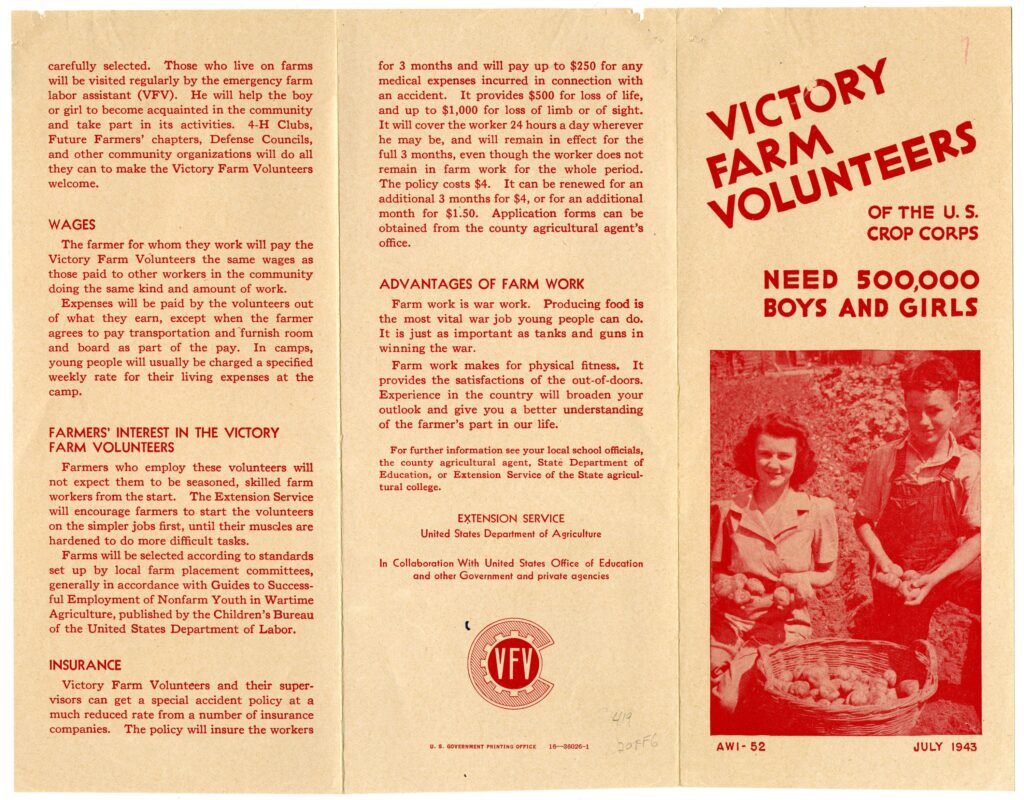
Figure 2. The Victory Farm Volunteers brochure. To see the other side of the brochure go to https://floridamemory.com/items/show/297596.
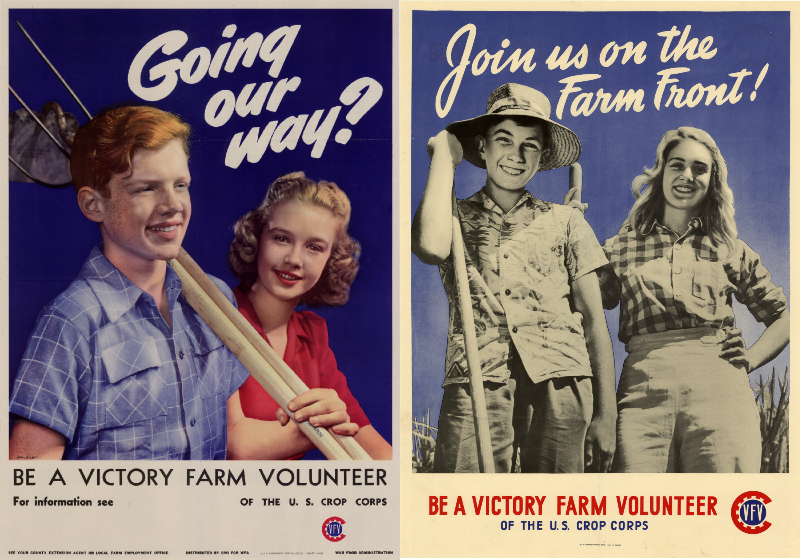 Figure 3. Two Victory Farm Volunteer posters.
Figure 3. Two Victory Farm Volunteer posters.
 Figure 4. General articles about the VFV were featured in newspapers across the county. A search of Newspapers.com for 1942-1943 using the search term “Victory Farm Volunteer” resulted in 2,751 matches. The article on the left is from the Burlington, Vermont Daily News, June 15, 1943. An advertisement from the Omaha World Herald, June 18, 1943 is on the right.
Figure 4. General articles about the VFV were featured in newspapers across the county. A search of Newspapers.com for 1942-1943 using the search term “Victory Farm Volunteer” resulted in 2,751 matches. The article on the left is from the Burlington, Vermont Daily News, June 15, 1943. An advertisement from the Omaha World Herald, June 18, 1943 is on the right.
There was even a 93 minute movie “Song of the Open Road” designed to promote the U.S. Crop Corps . It starred Jane Powell. It opens with a number of teenagers riding bikes down a road singing and performing choreographed bike riding. They arrive at a date orchard and start dancing, singing and picking dates. I could only stomach about four minutes of it before I stopped it. I zipped to the end only to find a big time band performing in an orchard while youth picked fruit. Argh! You can find it at https://www.youtube.com/watch?v=4Gzo63IZaf0 in case you want to look at it.
But there were some good movies that were used for VFV recruitment. The Youth Farm Volunteers, a five minute film is direct and to the point. This film even mentioned that some volunteers would receive training from “vocational agriculture teachers.” During the 1940s when movies were shown in theaters, cartoons, news reels, and other short features were typically shown in addition to the main feature. This film was one of those. The URL for this film is https://www.youtube.com/watch?v=AoSxUNPITb4. It would be worth showing to your students.
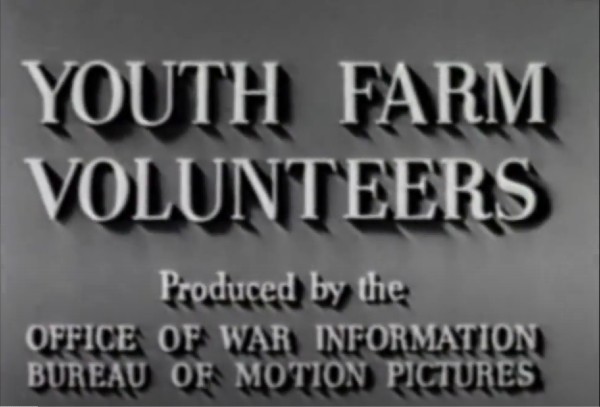 Figure 5. The introduction to the Youth Farm Volunteers film
Figure 5. The introduction to the Youth Farm Volunteers film
The U.S. Department of Education published a bi-weekly newspaper/magazine titled School Life. However, in February of 1942 this publication was temporarily discontinued “for the duration of the War” and was replaced with a new publication Education for Victory. This publication was used to inform educators about war related materials. The March 1, 1943 issue contains a detailed description of the VFV program.
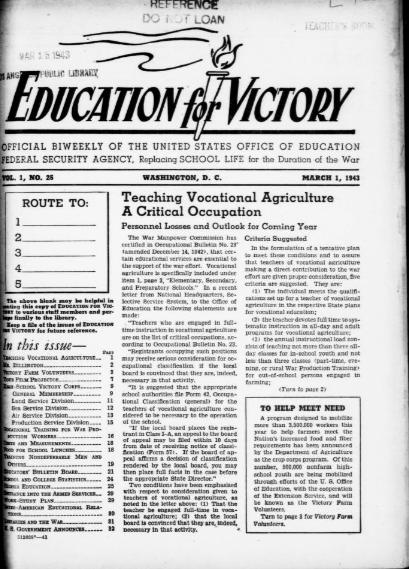 Figure 6. Education for Victory. The article about the Victory Farm Volunteers starts on page 3.
Figure 6. Education for Victory. The article about the Victory Farm Volunteers starts on page 3.
It should be noted that even though the word “volunteer” was used, the young people were paid for their service. They were to be paid the standard wage for farm workers in the local area. Typically this was $10 a day and room and board if they were “live-in” workers who resided with the farm family.
Was the Victory Farm Volunteer Program Enthusiastically Received?
Even though there was an acute shortage of farm workers during World War II and farmers were in danger of losing their crops and farms, not everyone was thrilled about the program for a variety of reasons.
An editorial in The Daily Bulletin of North Platte, Nebraska (March 27, 1943, p. 6) stated “…WE JUST CANNOT GET ENTHUSED ABOUT MAKING FARMERS OUT OF CITY BOYS OVERNIGHT.” Two days earlier the paper declared (p. 2) “…the majority will have to be taught what to do and how to do it. Farmers don’t like to have amateurs under foot…”
Holt writes (2022, p. 171):
It was no surprise that farmers resisted the VFV program. Eighty-five percent of the five thousand farmers and farm leaders queried by a national survey in 1943 believed that it was a mistake to encourage town dwellers to work on farms. They would be “useless,” damage equipment and crops, endanger livestock, injure themselves, and leave when the work became too strenuous. Rural versus town prejudices rose to the surface. From the rural perspective, town kids were soft, unwilling to learn, and very possibly juvenile delinquents who would bring nothing but trouble to farm communities.
The animosity toward the VFV program in Denver, Colorado was totally different. One of the local VFV leaders planned to give the volunteers armbands with the VFV logo on them (see Figure 7). Holt explains (2022, p. 172):
The criticism in 1943 was aimed at what adults saw as “a direct copy of Hitler’s schemes for regimenting the youth of Axis countries.” One school principal emphatically insisted that his school would not cooperate, and other principals made little effort to recruit students, especially after it became known that a local organizer wanted to distribute symbolic armbands. This was too much for adults who saw the armbands as a replication of the swastika-emblazoned armbands worn by Hitler Youth.
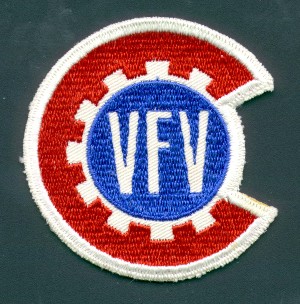 Figure 7. The Victory Farm Volunteer logo.
Figure 7. The Victory Farm Volunteer logo.
Some students were reluctant to volunteer for the farm work (even though they were paid). Because of the general labor shortage caused by the war, teenagers often found full or part-time employment that offered shorter hours and bigger paychecks than working on a farm.
Despite the concerns, thousands of teenagers volunteered and ended up working for farmers.
To be continued…Next week we will answer the following questions:
- Did the volunteers receive training? If so, how? Were agriculture teachers involved?
- What were the three types of farm assignments?
- Was there a relationship between the VFV and the FFA?
- What were the VFV program outcomes?
References
Holt, Marilyn (2022). On the Farm Front with the Victory Farm Volunteers. Agricultural History, 96:1-2. DOI: 10.1215/00021482-9619828
Rasmussen, Wayne (1951). A History of the Emergency Farm Labor Supply Program, 1943-1947. Washington, DC: United States Department of Agriculture.
